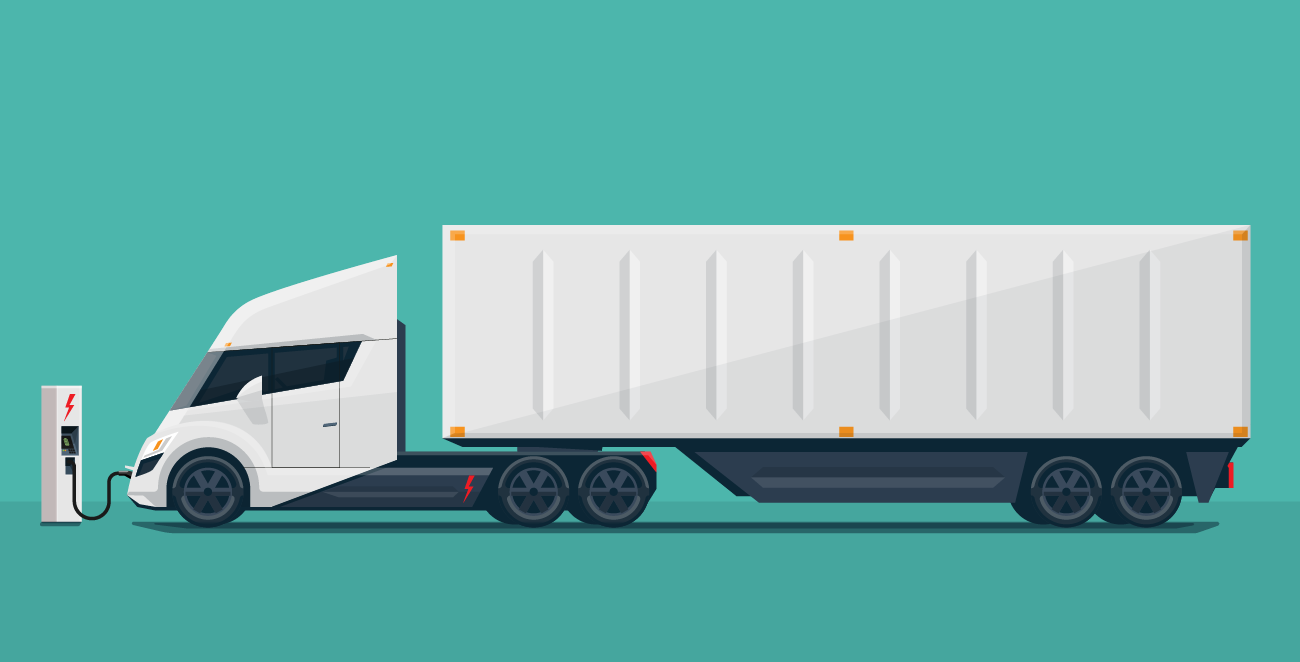Geocoding and a look at Microsoft Bing maps
Online mapping is a highly competitive, rapidly evolving area. Not all mapping providers are equivalent. Each has its own strengths and weaknesses.

Mar 8, 2023

Online mapping is a highly competitive, rapidly evolving area. Not all mapping providers are equivalent. Each has its own strengths and weaknesses. Geotab takes these into consideration, and simultaneously uses multiple providers to leverage the most powerful solution possible, allowing users to dynamically toggle from one provider to another as they wish. This also protects our software users in cases of temporary, or permanent service outages of the mapping providers.
Microsoft Bing Maps
Since early 2014, with the appointment of Satya Nadella as the new Microsoft CEO, Microsoft has been going through some radical transformations by focusing their business in strategic areas. The company has chosen to no longer offer Microsoft Bing Maps Enterprise for asset management due to a deal made with Nokia. This means that Bing Maps will no longer be a mapping option for any telematics provider. As such, this mapping option will be removed from MyGeotab.
We currently support several other mapping options and are adding even more later in 2015. Your service will be uninterrupted, and no action on your part is required. Microsoft will complete their transition by January 31, 2015. As a result, Geotab will be transitioning customers impacted by the change over to alternative mapping providers in late January.
As we are, and continue to be, a multi-map provider platform, customers are protected against changes in this rapidly evolving area, both now and in the future.
What is Geocoding?
There are several aspects to online mapping, which all work together. Here is a simple overview of a few terms.
- Map tiles: Map tiles are rectangular views from the top, which are seamlessly put together to show the area of interest. This is what you see when you look at an online map. There are different tiles at different levels of resolution, so as you zoom in and out, you are actually getting different tiles.
- Street level views: Also called street views, this is a side view of a location, as you would see it, were you standing on the street.
- Forward Geocoding: Getting a point location (latitude, longitude) from an address.
- Reverse Geocoding: Getting an address from a point location.
- Directions: Step-by-step instructions for getting from one location to another.
- Traffic: Up-to-date current traffic flow information or time in future traffic information.
- Posted Road Speed: Ability to lookup the posted road speed for a particular location on a road.
Building on Geocoding to Provide a Basis for Effective Business Decisions
The need for accurate geocoding stems from the need to correctly identify a location. Geotab users rely on this information when they seek information on where their vehicles are now or have been in the past. When paired with accurate timing information to determine when a vehicle was at a particular location, historical knowledge of where the vehicle was in the past, and external information (such as posted road speeds), effective business decision making processes are supported. As the fidelity of this information increases, so does the business decision making effectiveness.
Industry changes are driven not just by the requirement to make the most effective use of improved geocoding, but also to support legal, security, tax and other requirements. IFTA reports rely on an accurate determination of when each vehicle entered and left different states and/or provinces. Less commonly, Geotab has helped track and recover stolen vehicles.
A major challenge for providers is to calculate accurate information, when not all locations are accurately geocoded, and not all location information is precise. For example, it is very challenging to determine if a vehicle is speeding, when two different road are side-by-side. A few meters one way or another is the difference between travelling safely on a highway, or speeding on the adjoining surface road.
Adding a third dimension (height) is another challenge. Given a point on a map, the vehicle could be located either on the ground level road, or on the overpass. Here, using the history of the vehicles past locations and travel is essential.
For more information, please post your question in the comment box below.
Subscribe to get industry tips and insights

Valerie Summers is a Senior Security Software Developer for Geotab.
Table of Contents
Subscribe to get industry tips and insights
Related posts


14 Fleet management key performance indicators you should track to boost efficiency
December 1, 2025
7 minute read

Strengthen high-value cargo security with advanced telematics
August 12, 2025
4 minute read

Autonomous trucking: The impact of self-driving trucks in the freight industry + guide
July 30, 2025
6 minute read
.jpg)
Field service foresight: How telematics boosts predictive power
July 25, 2025
2 minute read
